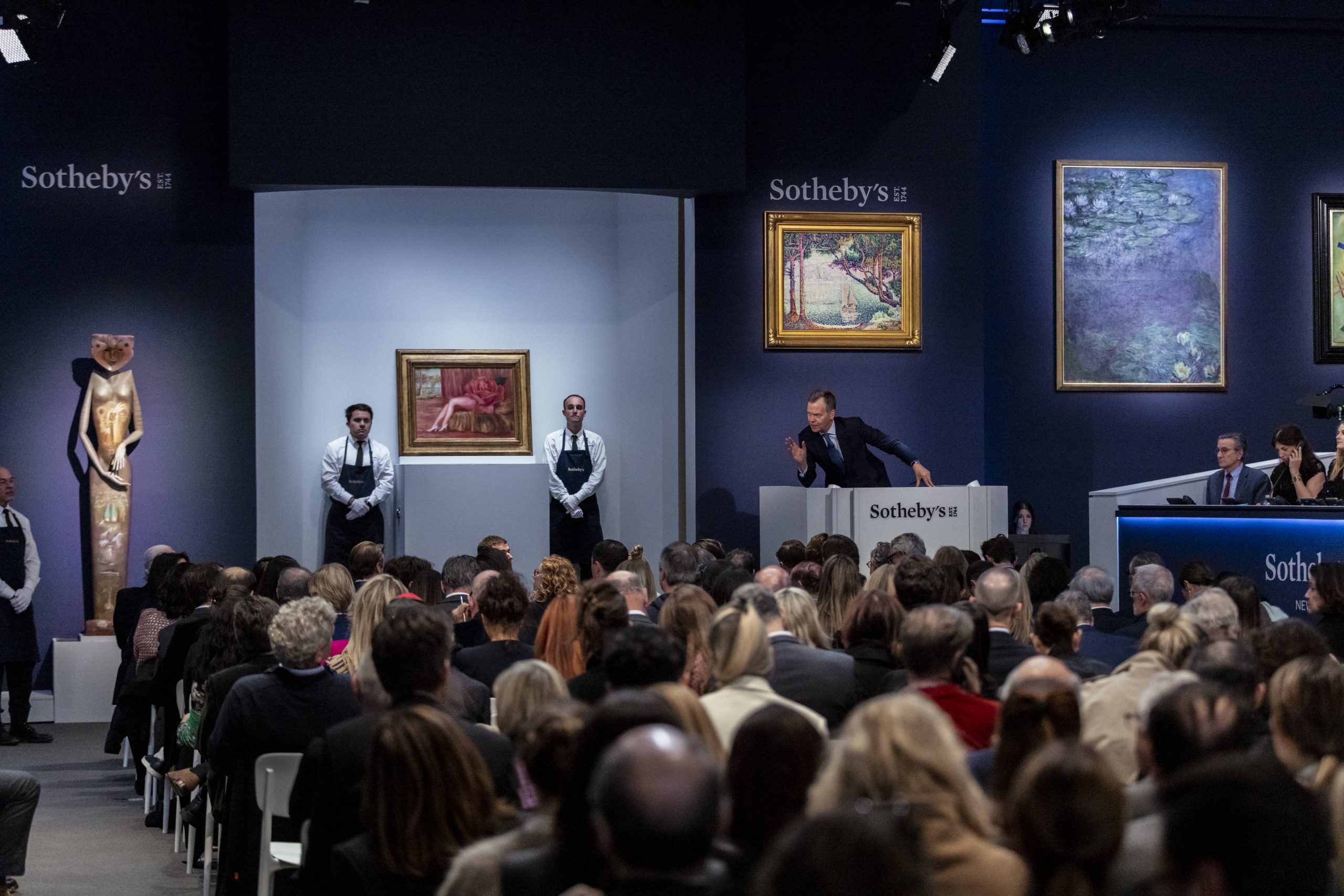Just two years after four prominent dealers announced with great fanfare a merger of their Upper East Side operations, the new gallery has come apart, with one prominent member deciding to go back to running her own operation.
On Friday, the group announced that Jeanne Greenberg Rohatyn “will leave the existing partnership to reopen Salon 94, returning her focus to exhibitions at 3 East 89th Street, and to her art advisory practice.”
Dominique Lévy, Brett Gorvy and Amalia Dayan will continue under the banner of Lévy Gorvy Dayan at 19 East 64th St., presenting exhibitions and advising clients as the newly formed Art Family Office.
By putting out the news on a summer Friday — and delaying its announcement for months — the gallery clearly hoped to minimize the impact. On Thursday, Levy said in an email to this reporter’s query: “Truly a non event. We are simply following our heart and respective passion and will continue to work together in different ways.”
But given the financial weight and high profile of the gallery’s four members, the group could hardly have hoped the news would land quietly. Katya Kazakina of Artnet trumpeted: “Just in: Blue-chip gallery LGDR splits up after less than 2 years.”
And the breakup confirms what art market experts were predicting as soon as the merger was first announced: serious friction among four famously strong personalities and the firm’s likely implosion in only a matter of time.
Although the gallery presented some significant shows and put on a good face to the industry, there were obvious growing pains as the firm consolidated under Greenberg Rohatyn’s roof: a neo-Renaissance townhouse on East 89th St. that she had just opened after a major restoration and renovation by the architect Rafael Viñoly (who died in May).
The adjustment was clearly biggest for Greenberg Rohatyn, who suddenly had to share her space and lose her independence after 20 years of running her own show in locations on the Bowery and out of her Upper East Side home.
“It was a natural decision that grew out of 18 months of working together,” Greenberg Rohatyn said in an telephone interview on Friday. “I missed the ability to react quickly and put exhibitions on the floor without multiple people agreeing on it.”
Lévy said on Friday in a phone conversation: “We came in a very organic way to the conclusion that a formalized partnership of the four was not fulfilling. Therefore it became apparent that Jeanne really missed her solo practice and that Amalya, Brett and myself had a much more common language.”
The partners initially dissolved the existing businesses and merged into one entity in 2021, promoting a new model of one-stop shopping with four experienced dealers with different areas of expertise — Lévy’s, Europe; Gorvy’s, Asia; Greenberg Rohatyn’s, contemporary art; and Dayan’s, the Middle East.
The partners also hoped to better compete with the Big Boys: Gagosian, Zwirner, Pace and Hauser & Wirth.
Lévy and Gorvy gave up their Madison Avenue gallery, Lévy Gorvy (Gorvy had left Christie’s to join her in 2016). Dayan had recently left Luxembourg & Dayan, which had closed its New York space. Last spring they all moved to East 64th St.
Lévy Gorvy Dayan will start its fall season with a retrospective of Pierre Soulages, the French abstract painter who died last October. The show will be organized by Lévy, a longtime friend of the artist. The firm will continue exhibitions in London, Paris and Milan under Victoria Gelfand-Magalhaes, its European president, and in Hong Kong as Lévy Gorvy Dayan & Wei in partnership with Rebecca Wei.
In October, Salon 94 will reactivate on East 89th St., with a solo show of the American sculptor Karon Davis, “Beauty Must Suffer,” focusing on the image of the Black ballerina.
In November, the four partners will present their final joint collaboration at East 64th St., an exhibition of the painter Jenna Gribbon, featuring new large-scale portraits of her wife and muse Mackenzie Scott.
On the occasion of the merger in 2021, Lévy said: “Four musketeers are by definition stronger.” Now those four are reduced to three.










